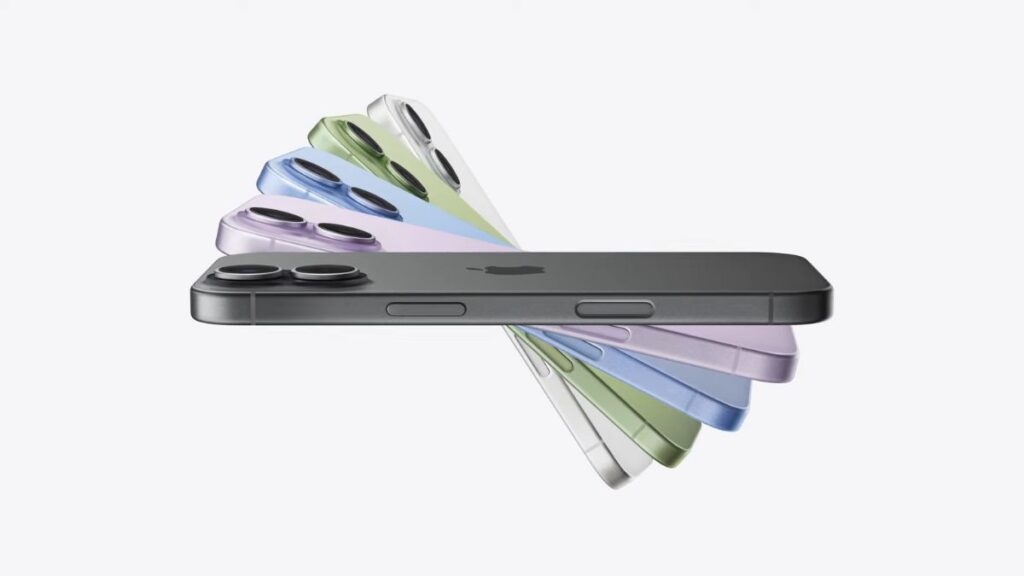Just hours after Wi-Fi 7 was officially approved, early details about Wi-Fi 8 have started to appear—and it’s not about faster speeds.
Wi-Fi 8 is being developed to make wireless connections more stable, more reliable, and better at handling many devices at once. Qualcomm has confirmed that this next-generation technology won’t boost peak speeds. Instead, it aims to fix common issues like signal drops at the edges of coverage areas and poor performance in busy environments.
While Wi-Fi 7 pushed the limits of speed and bandwidth, Wi-Fi 8 is being designed to keep those benefits working consistently—even in places like airports, hospitals, or smart homes filled with gadgets.
One of Wi-Fi 8’s major features is called “Single Mobility Domains.” This allows devices to move between different access points (like from one room to another) without losing connection. It’s expected to improve how phones, laptops, and other devices roam inside buildings.
Another big improvement focuses on edge-of-coverage performance—the outer edges of your Wi-Fi signal. Traditional extenders often struggle in these areas, but Wi-Fi 8 introduces physical-layer updates that aim to keep the signal steady without just increasing power.
Multi-access point coordination is also a major upgrade. Instead of every Wi-Fi unit working separately, Wi-Fi 8 will allow them to share resources and avoid interference, which should help in places with lots of overlapping signals, like apartment buildings.
On top of that, Wi-Fi 8 will address device coexistence, so different wireless technologies like Bluetooth can work better together without causing problems.
Wi-Fi 8 is based on the new 802.11bn standard and is expected to be finalized by 2028. It reflects a new direction for wireless technology—not just about being faster, but about being dependable, smooth, and ready for the future of AI devices, AR glasses, and smart sensors.












